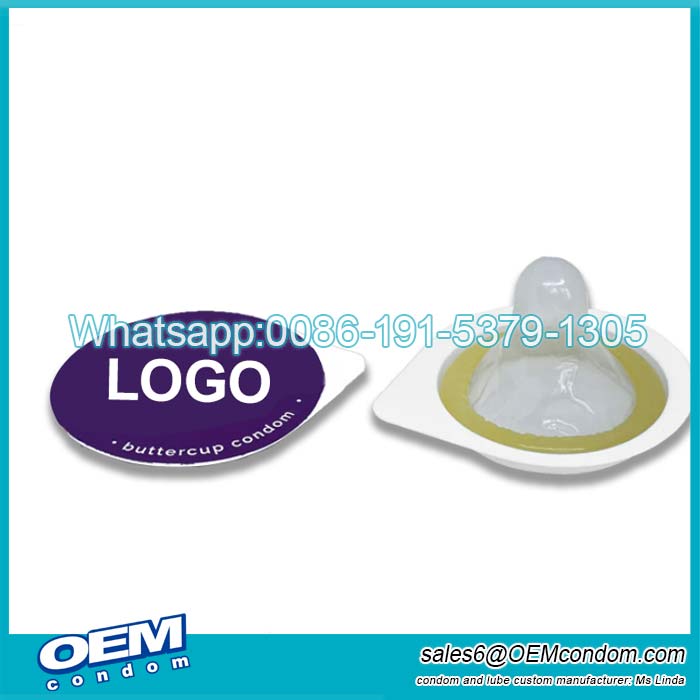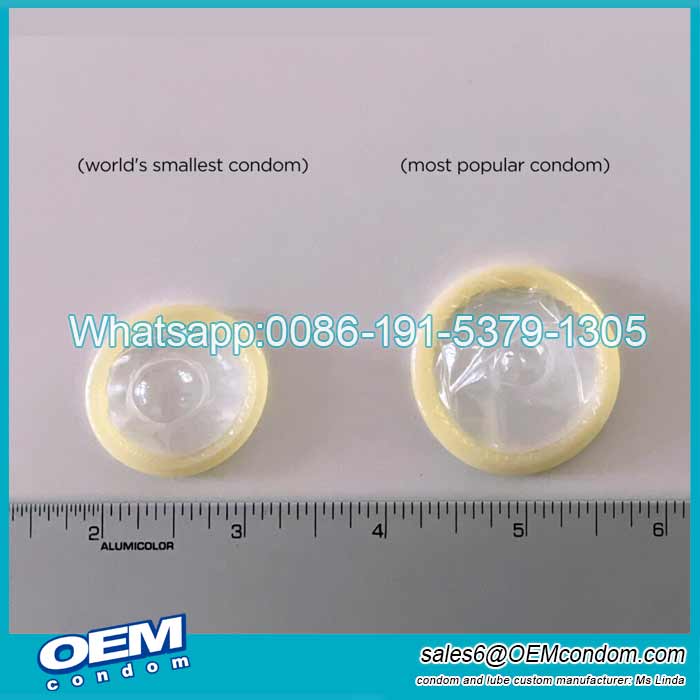Does Spermicidal Condoms Work Better Than Condoms Without Spermicidal?
Condom use for pregnancy prevention and to reduce the risk of sexually transmitted diseases .
Vaginal spermicides kill sperm in the vagina to prevent them from ascending higher into a woman’s reproductive tract where they could potentially fertilize an egg. Most spermicidal products marketed in the U.S. contain the spermicide nonoxynol 9 (N-9). Spermicidal products come in several forms, including cream, jelly, foam, film and vaginal suppositories. They are effective for approximately 1 hour after application, and can be used alone or with a barrier form of contraception, including a condom, diaphragm or cervical cap. When used as the sole form of contraception, vaginal spermicide products are 82 percent effective at preventing pregnancy with perfect use, and 72 percent effective with typical use.
The Centers for Disease Control and Prevention (CDC) and World Health Organization (WHO) warn that N-9 does not reduce the risk of transmission of STDs. This warning is primarily based on the pooled results from 5 research studies involving more than 5,000 women. The researchers found that use of N-9 did not reduce the risk for HIV, gonorrhoea, chlamydia, trichomoniasis, bacterial vaginosis or vaginal yeast infections, as reported in the October 2002 issue of “The Lancet: Infectious Diseases.”
One might reasonably expect that spermicidal condoms — those that have a spermicide-infused lubricant on the outside of the sheath — would be more effective at preventing pregnancy than condoms without a spermicidal coating. However, WHO states that research studies have found no difference in contraceptive effectiveness between condoms with or without a spermicidal coating. This could possibly be due to the fact that the amount of spermicide on spermicidal condoms is quite low, especially when compared to the dose provided in vaginal spermicide products.
Custom condom factory, contact : [email protected]





